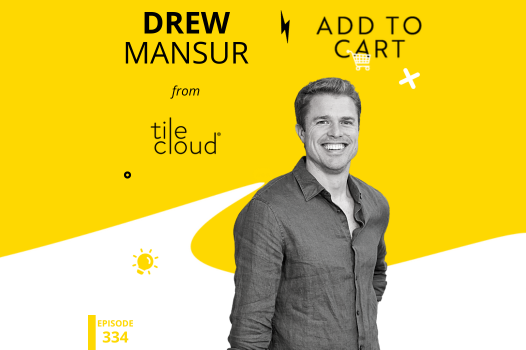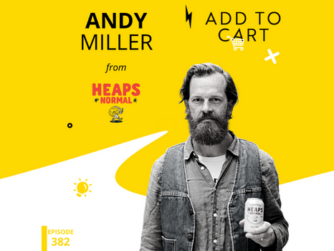In this episode of Add To Cart, we are joined by Drew Mansur, Co-founder and Head of Growth at TileCloud
Drew is the Co founder of TileCloud, an online D2C store transforming the often confusing and overwhelming tile buying process. With over 300,000 Instagram followers and partners such as Three Birds Renovations, TileCloud provides inspiration and the goods to elevate your reno with minimum fuss. Drew struck me as down to earth and perceptive – the kind of guy you want on speed dial when dealing with a dodgy builder. He shares his thoughts on custom websites, the practical filters he uses when producing strategic content and the surprising response he has for the numerous TileCloud copycats out there

“When I think about strategic content, I just think about running it through that bigger filter of…is this entertaining?”
Drew Mansur
Build confidence in the product
We knew that our customers are going to be coming to us with online shopping experience, probably from retail fashion, those kinds of spaces. And we wanted to make sure that customer felt familiar and comfortable in our buying experience. And as a starting point, if you think about what options you’ve got, obviously it’s fairly obvious that if we can get some of this product into their hands, then they can kind of connect the dots between putting some money into the internet and actually getting something to come back out of the thing at a relatively de-risked price point.
So we came up with the sampling service. It’s $15 for five samples delivered to your door, the little coffee coaster size pieces of a tile. You can feel the texture and see the actual colours and look at the print quality, that sort of stuff. And the website imagery is where you can see bigger projects and full rooms and at scale. So between seeing the physical thing and seeing what it would look like in a bigger space, we thought that was the right way to balance out sharing what information needed to be shared to build the confidence.
Attainable Inspiration
It’s like the elevated version of what our customers’ life is, what they would like to see their life be. And I think that that’s the sweet spot.
You can go too down to earth and that’s a little too relatable and I’m trying to think of maybe some examples. I don’t want to call out anybody in particular, but if you took an influencer whose content was maybe a bit more about the day to day struggles of parenting, that’s a relatable thing for our audience, but it’s not an aspirational relatable. It’s just flick your partner a meme and then chuckle about how much sleep you haven’t got.
Then if you swing all the way to the other end of the spectrum and it’s travel influencers and it’s Dubai and then it’s skiing in the Alps and that area up there is also not really attainable inspirational. And so if you come back into the, come back into the middle zone, upper middle, I think that’s where everybody wants to be. And that’s where they want to see themselves is where they’re at, plus a bit.
Custom vs Standard
“We originally started off with a custom website. We thought we were super special and we needed all these special things. And the more and more we realized what that actually means in that only certain people can work on it and they know how to do it and it doesn’t really update the security. It’s like, man, this is actually a nightmare for incremental gain at best.
I think that we wildly overestimated how special we were in terms of business process and what we actually needed there to make the thing work.
Our customer is going to be an e-com customer that has shopped in retail before, we need our experience to be very familiar to them. Like buying the tiles online is the weird part. The actual interface in which you do that, the flow you go through needs to be familiar. You don’t wanna be thinking about two weird things at once. So I think streamlining the tech stack to conventional, if you can call it that, you know, everybody knows what the inside of a Shopify cart looks like, where to put your address, and you’re just like, oh, this is safe, this is trustworthy, bang, away you go.”
Links from the episode
This episode was brought to you by…






